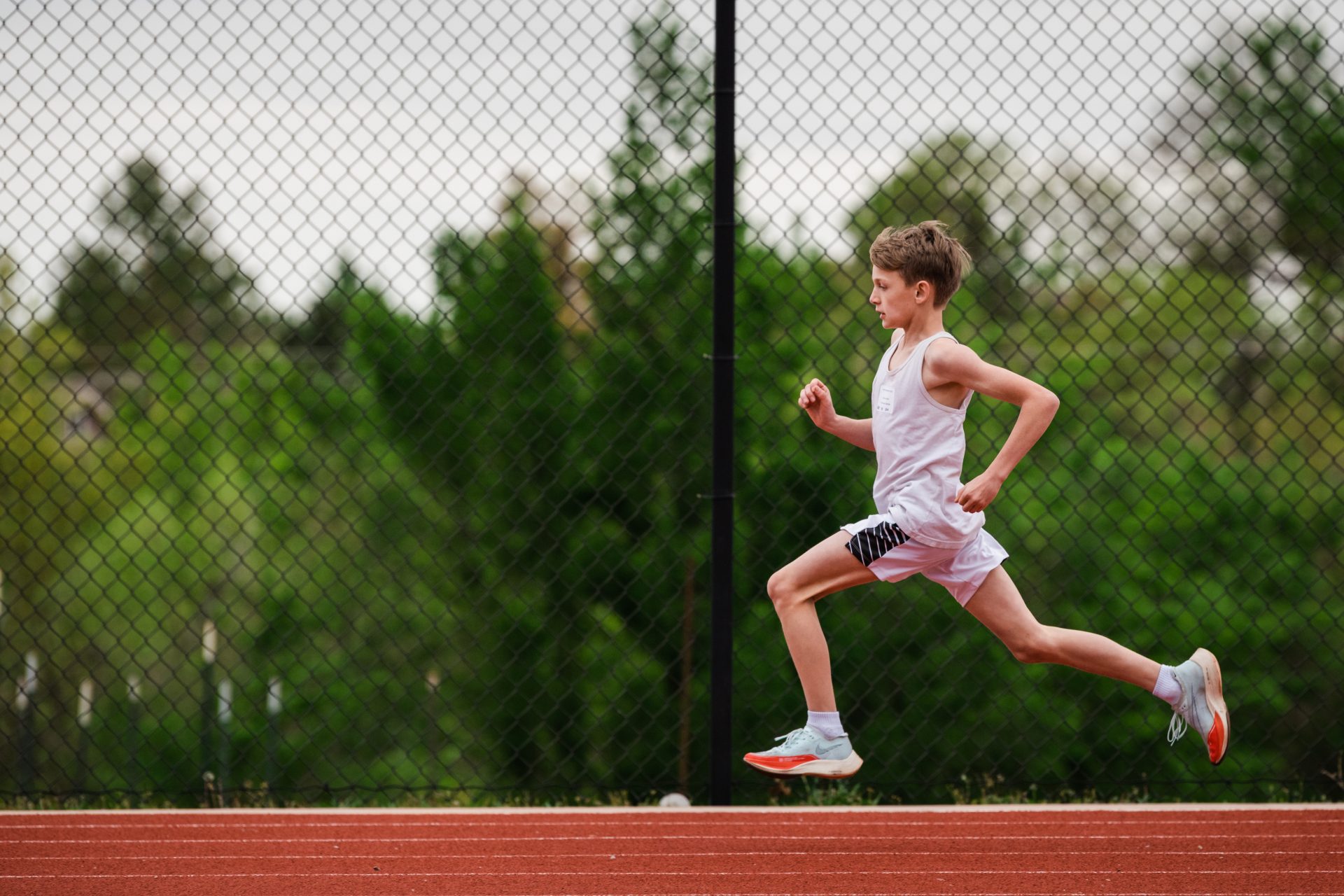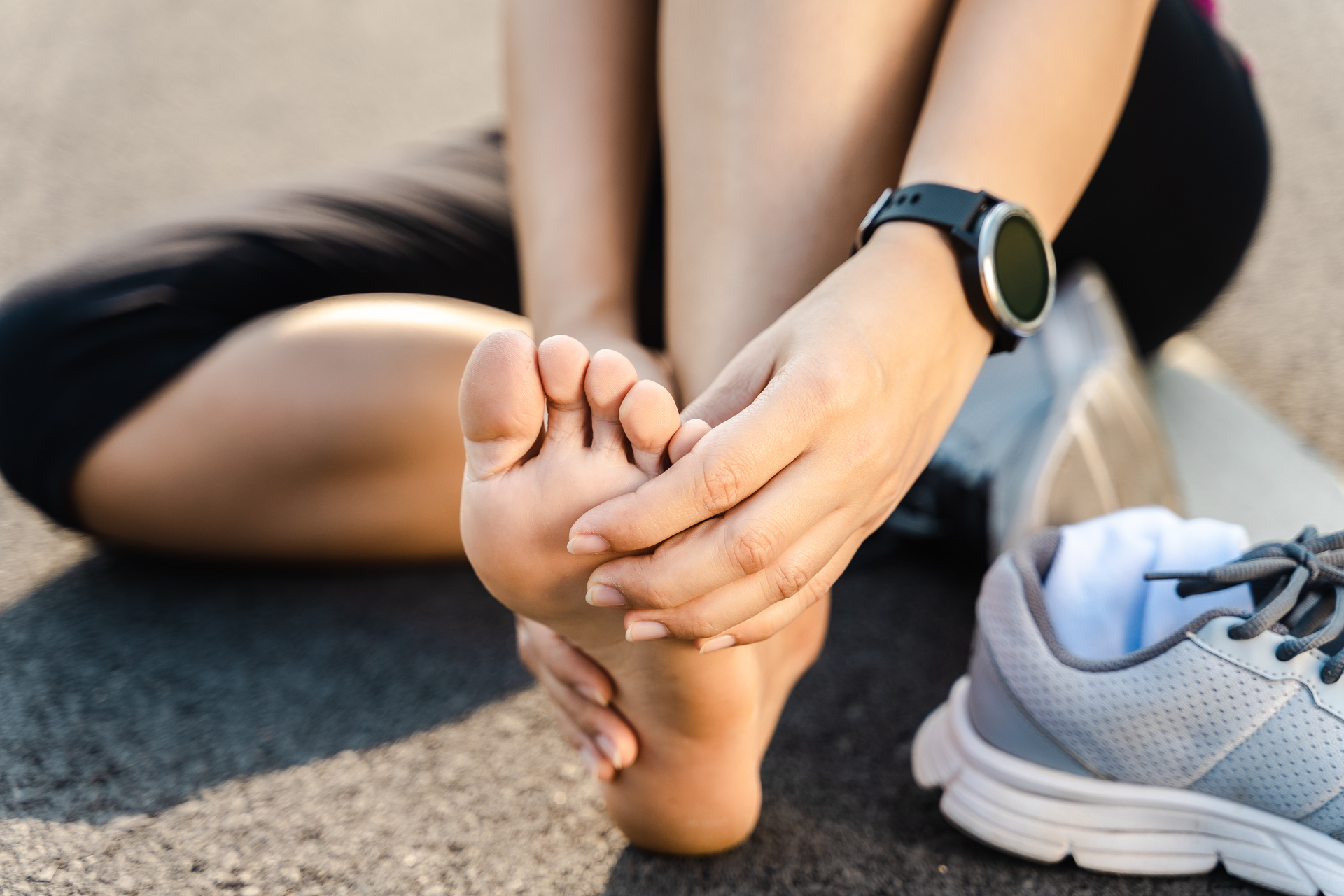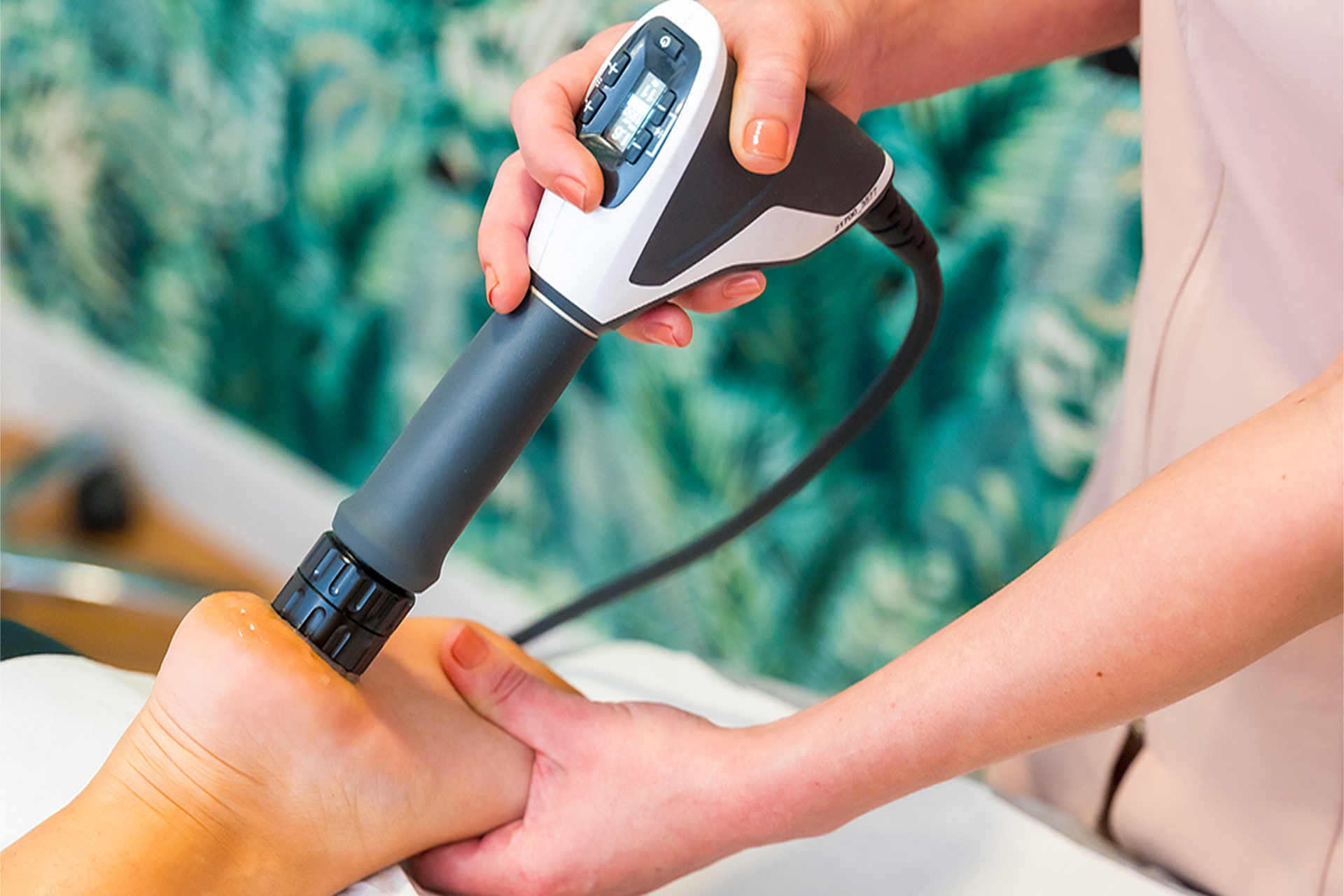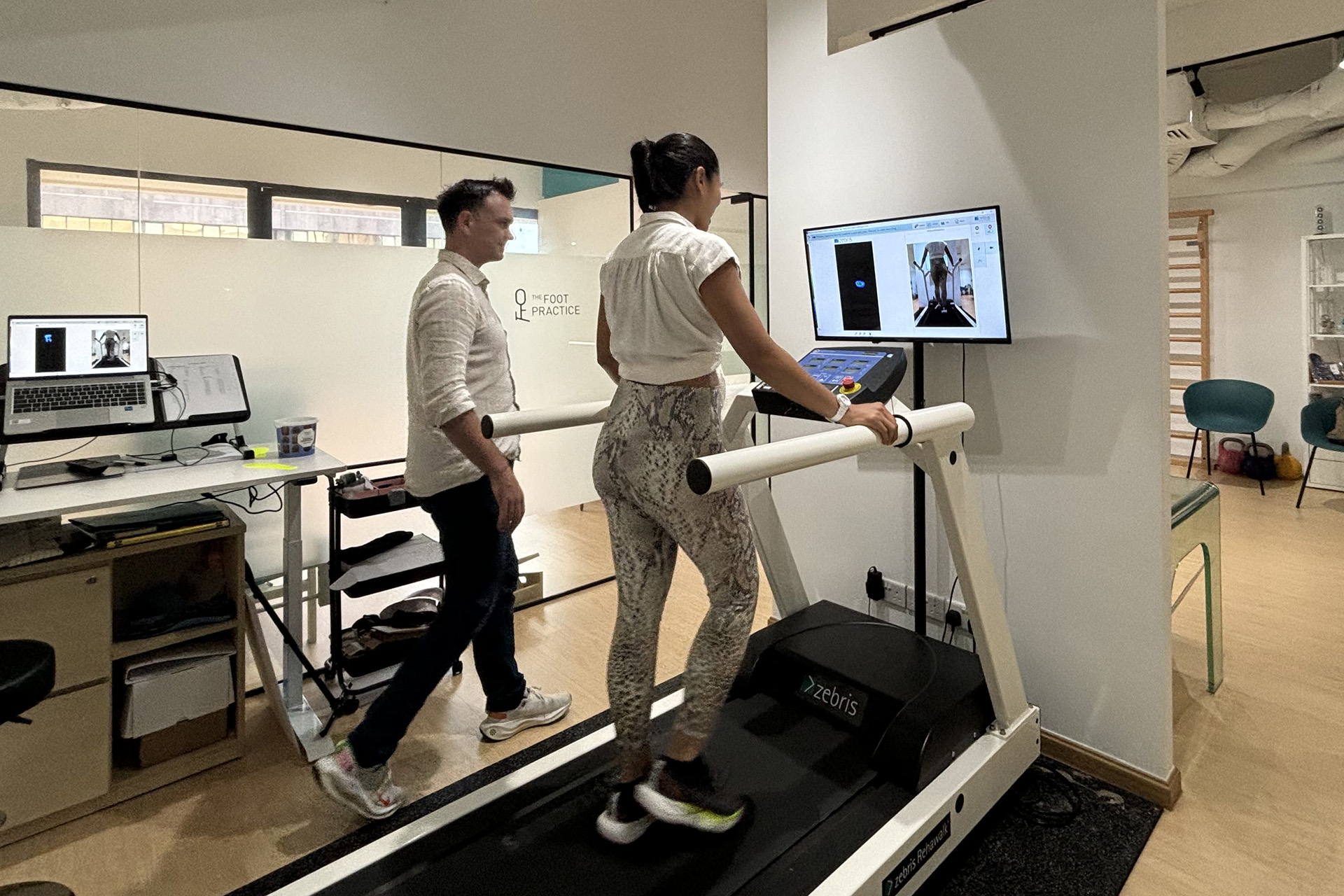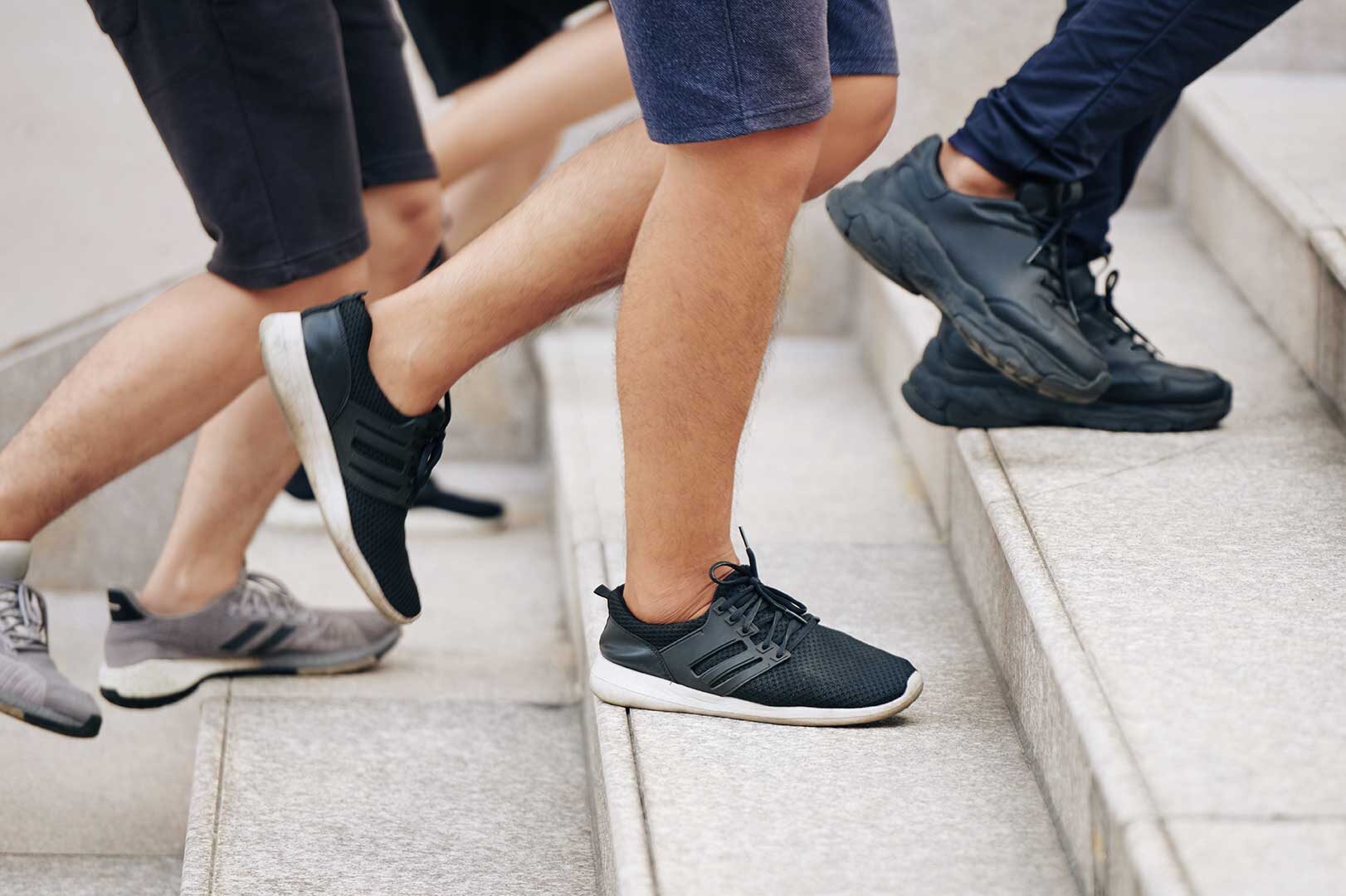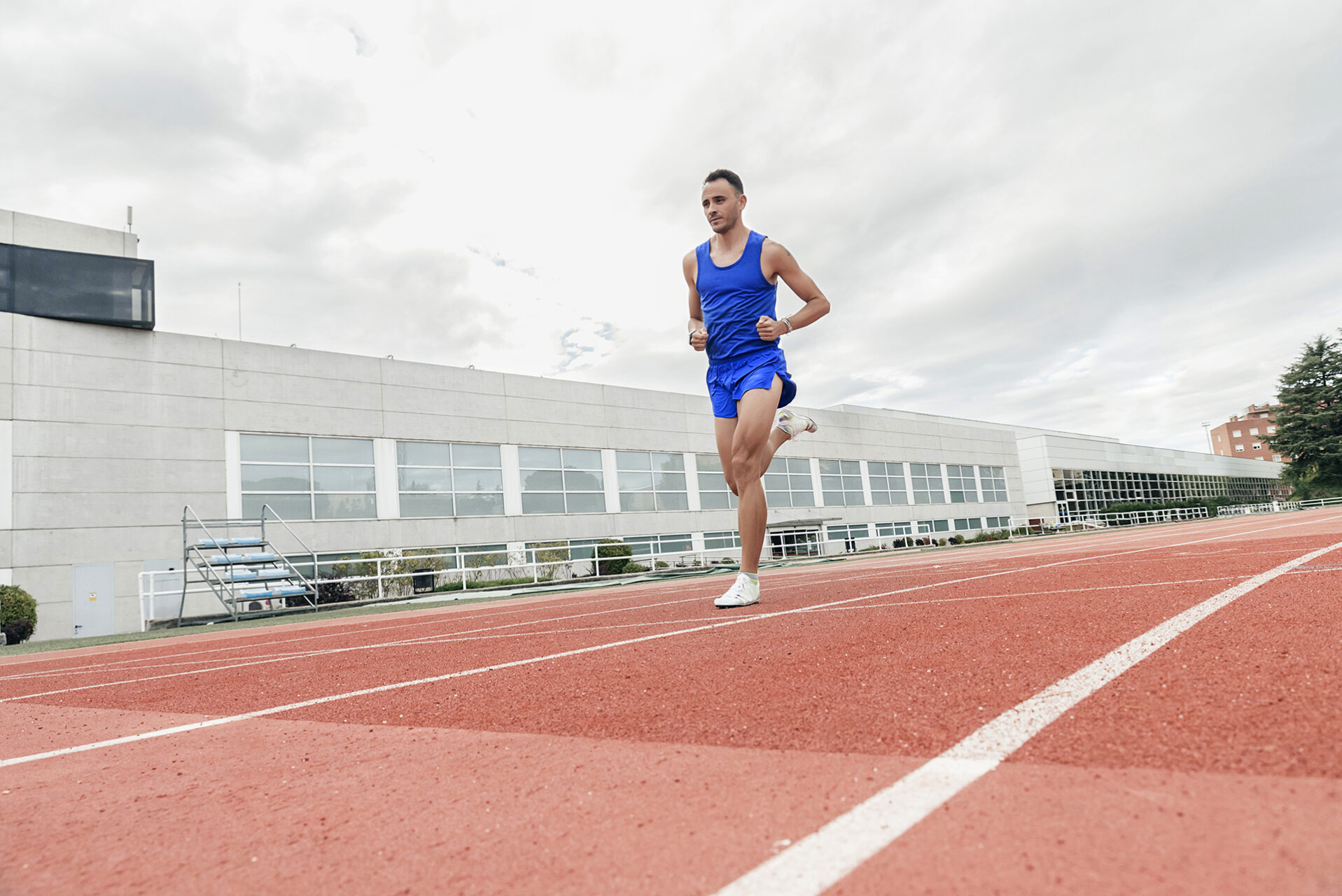Important Factors for Safe Play
Suppose you want your child to stay safe and play the sport they love. In that case, you must monitor several important factors, including growth-related issues, nutrition and energy, muscle strength, emotional development, and marginal training gains, so they stay healthy and on the field.
We often think that kids can bounce back better from injuries. As a father of two growing children, The Foot Practice’s lead podiatrist, Tim Maiden, discusses what parents need to know if their child wants to pursue running as a hobby or for athletics and how to avoid sports injuries in children. Prevention is always better!
Over the past few decades, children have become increasingly engaged in sports. Some say that trends in performance have also improved as kids start playing and competing at younger ages. This can lead to the misconception that children are miniature adults. Sometimes, we may think they are better than adults because their growing bodies allow them to heal quickly.
However, youth engaging in sports have different risks because of their developing bodies and minds.
The simplest way to tell that something is wrong is if your child tells you they are in pain, especially at their feet. This is because their feet should not be experiencing pain; it is abnormal to feel any. This article describes the various reasons your child’s foot may be in pain and how to prevent injuries.
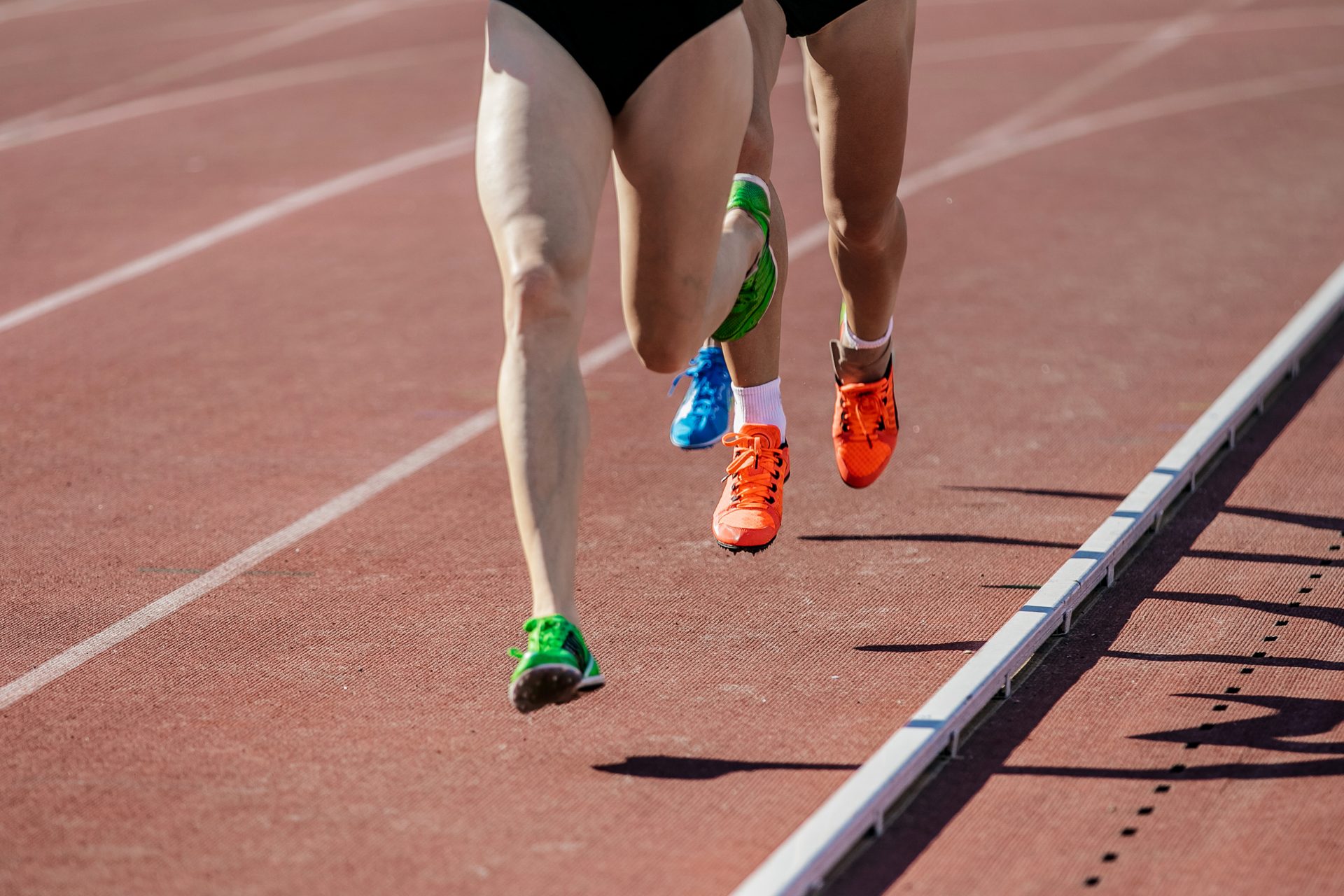
1. Growth-Related Injuries
Youth often experience growing pains as their body develops. What occurs with growing pains is that the growing plates – the softer parts of the bone – change, creating discomfort in the child’s body.
The rate this occurs varies from child to child, but all children are considered ‘skeletally immature’ until their growth plates have fully closed.
The start of this process also changes depending on the child, but it is usually at around 12 years for girls and 14 years for boys. While this growth is undergoing, the tendons surrounding the growing plates are under more stress.
Changes in adolescent biomechanics and gender disparities can lead to running injuries in teens.
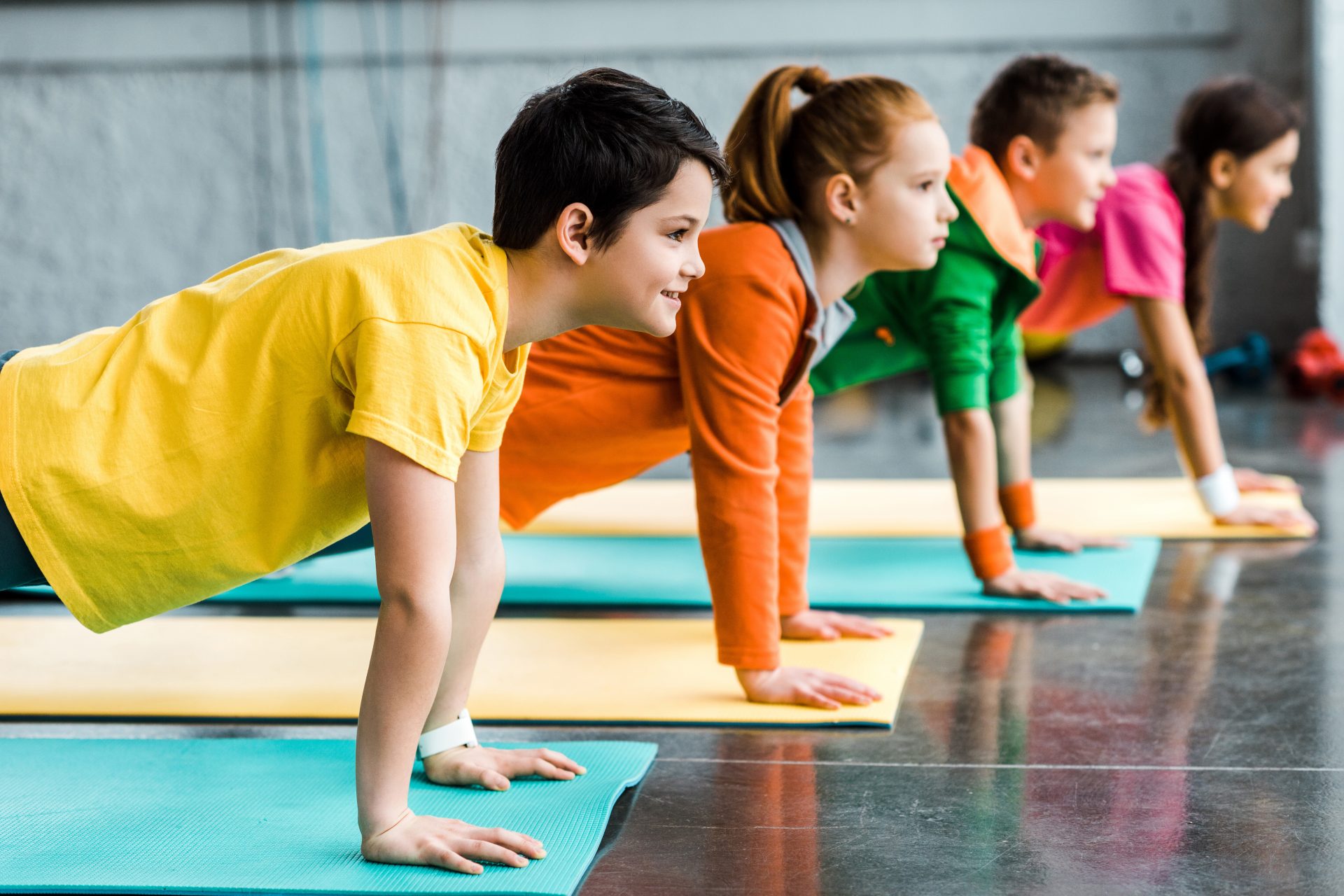
This can lead to kids’ sports injuries in the lower limbs if these tendons become irritated or potentially are pulled off.
Injuries to the area around the growth plates in the lower limbs include the following:
- Injuries near the foot: the back of the heel (e.g. Sever’s disease) and the outer side of the midfoot (e.g. Iselin)
- Injuries near the knee: Tibial Tuberosity (e.g. Osgood-Schlatter) and bottom of the knee cap (e.g. Sinding-Larsen-Johansson)
- Injuries near the hip: anterior superior iliac spine (ASIS) and anterior inferior iliac spine (AIIS)
Oftentimes, these injuries recover over time with enough rest or changes to daily activities. If the pain continues, it is worth a trip to your paediatric podiatrist or a sports doctor.

2. Nutrition & Energy
Like any adult athlete, a youth engaging in sports needs adequate nutrition to both improve performance and avoid injury. Nutrition is more important for youth as their bodies are still developing.
For example, deficits in calcium or iron can lead to decreased bone density, which is very risky for younger athletes. Decreased bone density increases the changes of stress fractures, also known as bone stress injuries.
Bone stress injuries are categorized as overuse injuries, in which several smaller injuries compile together, resulting in a more serious overall condition. It is especially common in sports that require repetitive motion, such as running or tennis. Poor nutrition only increases the chances of developing microtrauma that result in a larger stress fracture.
One type of stress injury youth frequently get is shin splints or medial tibial stress syndrome. With shin splints, microtraumas accumulate along the inner side of the shin bone, leading to pain or discomfort when there is an impact on the legs, like running or jumping.[1]
It’s important to have these injuries assessed by a sports medicine podiatrist who can accurately determine if it is medial tibial stress syndrome or a tibial stress fracture. These two are often mixed up and require different treatment and rest periods.
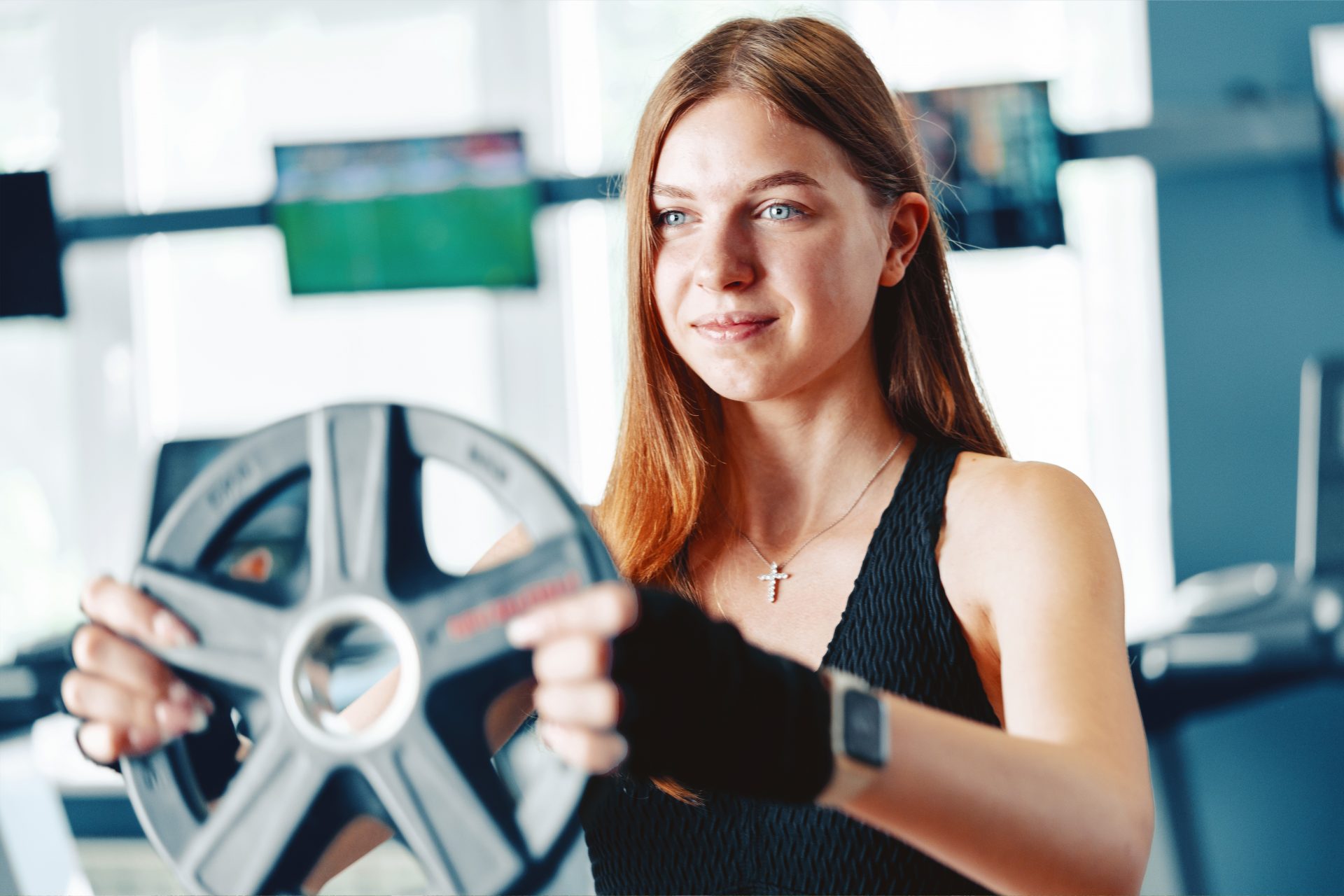
3. Strength & Flexibility
Sometimes, youth playing sports still develop their gait and build muscles in their lower limbs. Imbalances in these muscles can potentially lead to injuries, especially when overused.
Common overuse running injuries in children and adolescents include:
- Achilles tendinopathies
- Hamstring strain
- IT band syndrome
- Patellofemoral pain (‘runner’s knee’)
- Plantar fasciitis
- Tibial bone stress injury
These injuries are rarer in children than they are in adults. However, that does not make them impossible. A consultation with our paediatric podiatrist can help prevent these conditions from arising. The practitioner can provide your child with strengthening exercises, stretches for flexibility, and potentially other treatments like orthoses for the best foot health.

4. Cognitive, Behavioural and Emotional Development
Like their bodies are still developing, young people’s minds are also growing. This is an often neglected part of health and wellness in youth athletes who compete at young ages, sometimes without the necessary emotional maturity.
Running has many benefits for kids, but without proper attention, it can lead to them developing impossible expectations of themselves, resulting in frustration, low self-esteem and burnout. These can translate into children’s running injuries as unattainable goals drive over-practicing.
To prevent this from happening, the child must form their motivation for their goals in the sport. They need to want it for themselves and not as an imposed activity by their parents or coach. Talk to your child about setting healthy goals.
5. Youth Distance Running & Training
Each child’s body is different, making it impossible to determine the most appropriate time to start running. This variance also makes it difficult to decide on a standard training and running programme for all youth since volume, intensity, and distance vary according to each child.
Experts disagree on how much running is safe for children. Some have reason to believe that children’s bodies are not adequately developed to absorb the sustained impact of a long-distance runner.[2] Others argue that if the child is not experiencing pain or developing any injuries, there is no reason to prohibit them from partaking in long-distance running.[3]
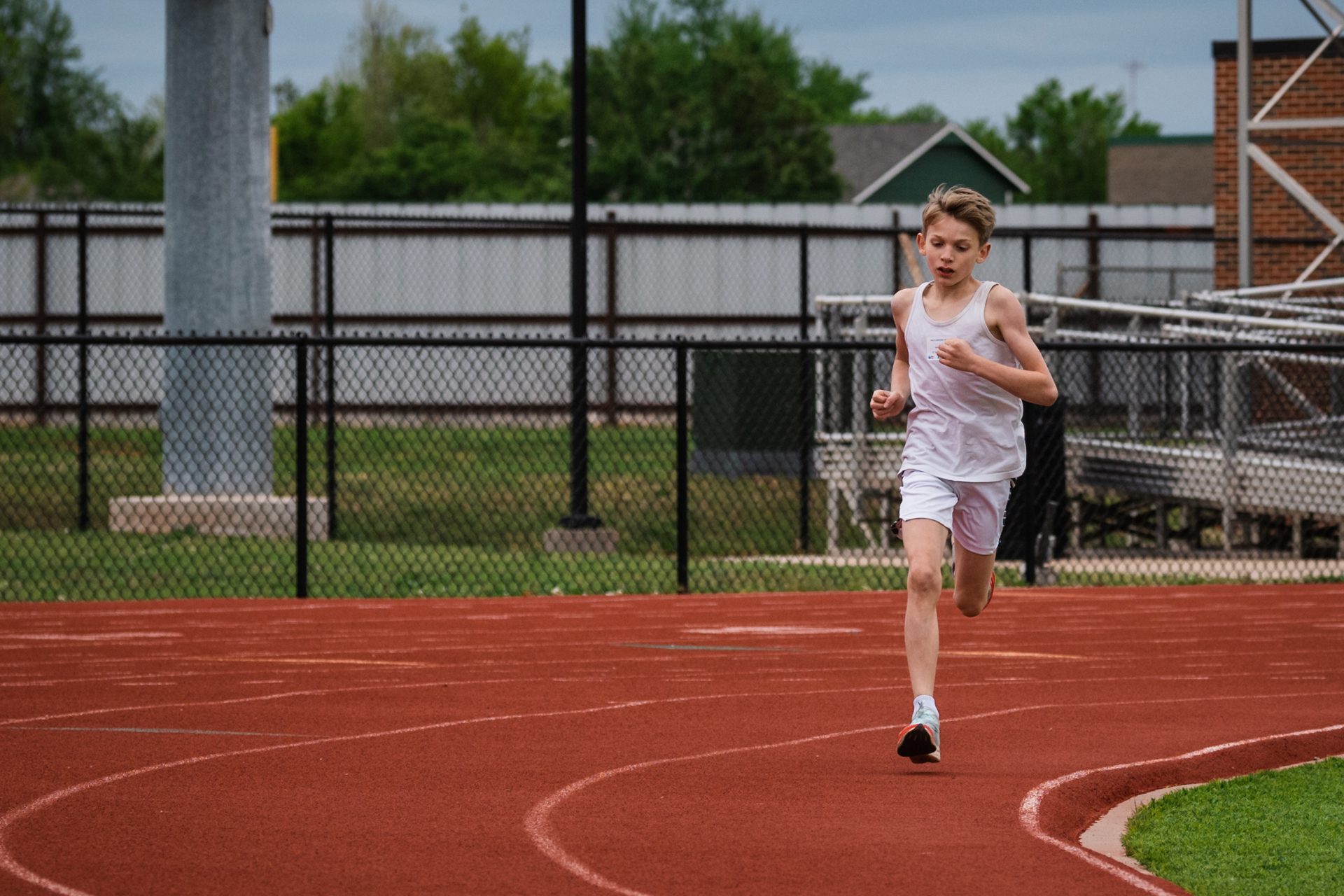
It is largely thought to be safe for kids as long as the frequency and distance of runs are measured against the child’s age. Experts agree that weekly training distances should not exceed twice the maximum competition distance for which your child is racing. For example, a child in middle school should only run 20 km in total a week if they are preparing for a 10-km race. Additionally, children under 14 should only train three times a week.
Though there are measures in place, there are still two critical factors to look out for if your child is starting to train for long-distance running: heat and aerobic capacity.
A critical part of any cardiovascular activity is releasing heat from the body. We do that regularly by perspiring. Children, however, have not fully developed their sweat glands and do not cool as efficiently. The second important factor is their ability to intake and process oxygen during exercise. This is what we call aerobic capacity. Children have a lower aerobic capacity than adults, which only starts developing fully after puberty.
These two factors increase the risk of heat injury in children when exercising. Be mindful of these two things while observing your child’s training, and do not allow them to overdo it.
6. Overtraining Leads to Injuries
More than 50 percent of all injuries in young athletes are overuse injuries. [4] So as fun as it can be to compete, your child’s training program mustn’t overexert them and their developing bodies.
Three common overuse injuries in children are tendinitis, apophysitis, and stress fractures. In all three instances, the injuries arise because the force exerted on the body in training is too much for the body to adapt to, especially if it is still growing. Coaches and parents need to cater training programs for children’s long-term health and not myopically aim for the perceived best outcomes.
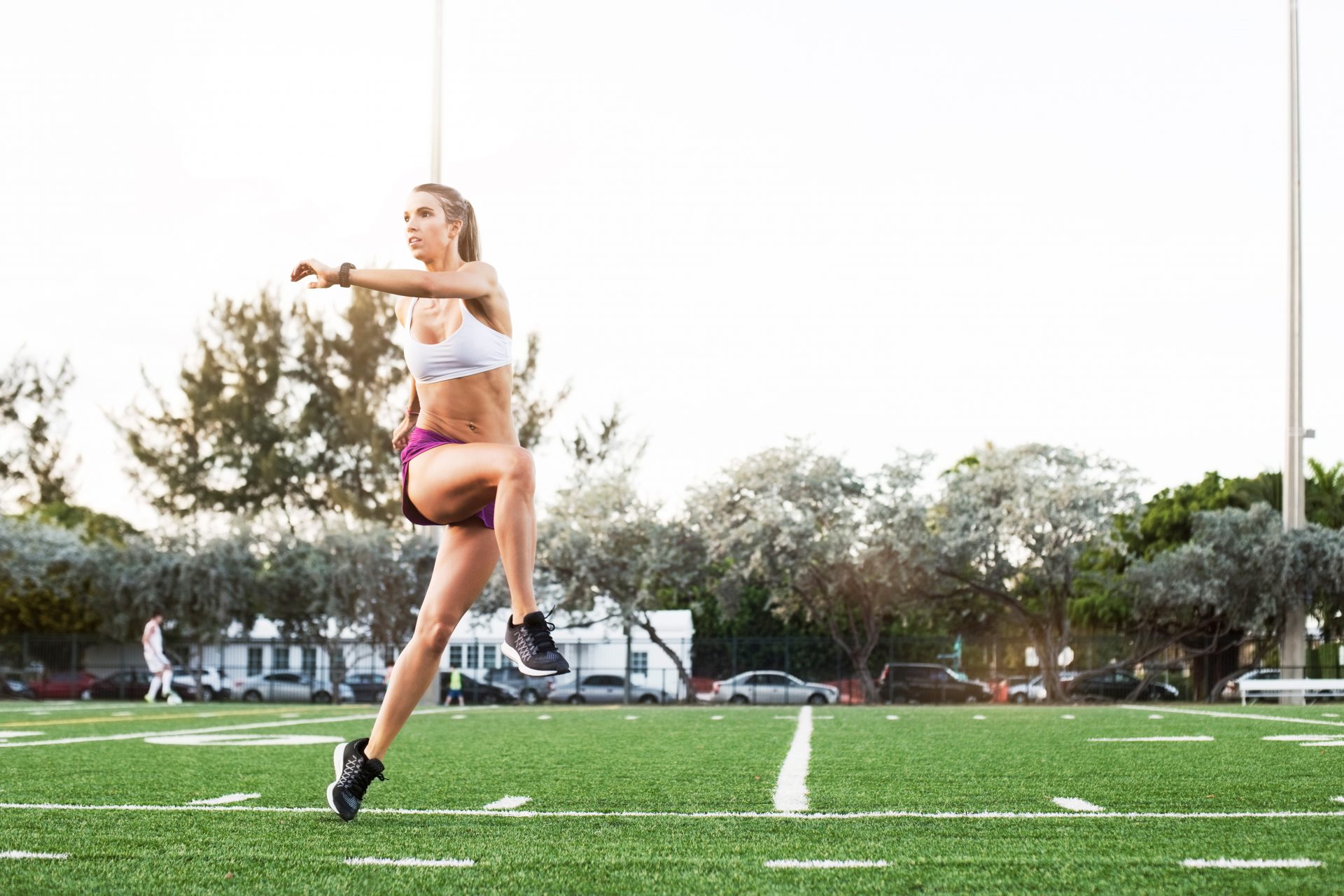
Here are some suggestions for keeping the young runner on track and preventing sports injuries:
- Dynamic stretching is critical in warming up the body and preparing the muscles.
- Prioritize progressive training: do not increase the total distance run per week by more than 10 percent
- Alternate hard workouts and lighter workout/rest days.
- Running shoes must be changed every 800km. With your child’s foot growing, you’ll likely have to do this anyway.
- Vary the routes to give different loads for the body to adapt to; don’t run the same route each session to vary the various stresses. Yet, do not run on uneven surfaces!
On top of all these suggestions, keeping things fun is essential!
Young athletes are happier when they’re injury-free, and training can be varied to keep things enjoyable to promote physical activities for a lifetime of health. This helps prevent burnout, as the athlete finds joy in participating in the sport and not just winning.
Parents can also vary the types of sports the child plays, like basketball or football, on top of just running, which also benefits their neuromuscular control and improves bone health.
The aim for our young runners is to keep them on track, healthily, and safely, minimizing their chances of injuries or burnout. Fun, good nutrition, and adequate recovery can make for the ideal conditions for the young runner. There’s more to running than training.
From a biomechanical gait analysis to orthotic devices for various foot dysfunctions, our paediatric sports injury podiatrist at The Foot Practice can help your young one avoid potentially life-long injuries to reach optimal performance while maintaining their safety. Please make an appointment today at Singapore’s leading children’s sports injury clinic.
Paediatric Related Articles
Sources
[1] Fraser-Thomas J, Côté J, Deakin J. Understanding dropout and prolonged engagement in adolescent competitive sport. Psychol Sport Exerc. 2008;9(5):645–662.
[2] Mercer JA, Dufek JS, Mangus BC, Rubley MD, Bhanot K, Aldridge JM. A description of shock attenuation for children running. J Athl Train. 2010 May-Jun;45(3):259-64. doi: 10.4085/1062-6050-45.3.259. PMID: 20446839; PMCID: PMC2865964.
[3] Joel S. Brenner, and the Council on Sports Medicine and Fitness; Overuse Injuries, Overtraining, and Burnout in Child and Adolescent Athletes. Pediatrics June 2007; 119 (6): 1242–1245. 10.1542/peds.2007-0887
[4] DiFiori JP, Benjamin HJ, Brenner JS, Gregory A, Jayanthi N, Landry GL, Luke A. Overuse injuries and burnout in youth sports: a position statement from the American Medical Society for Sports Medicine. Br J Sports Med. 2014 Feb;48(4):287-8. doi: 10.1136/bjsports-2013-093299. PMID: 24463910.

